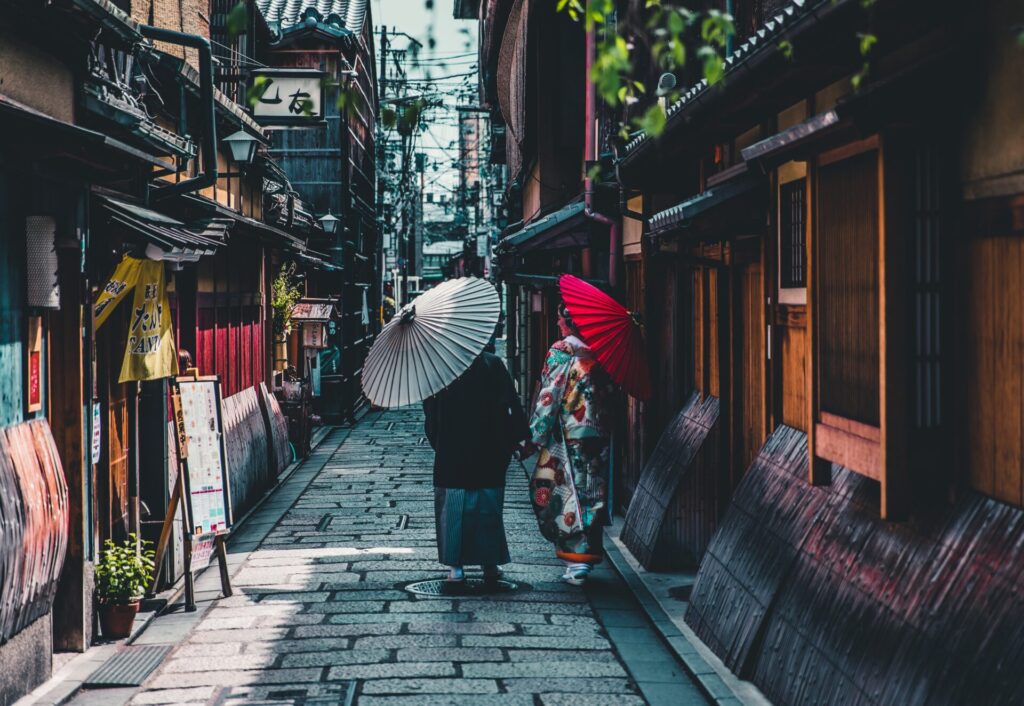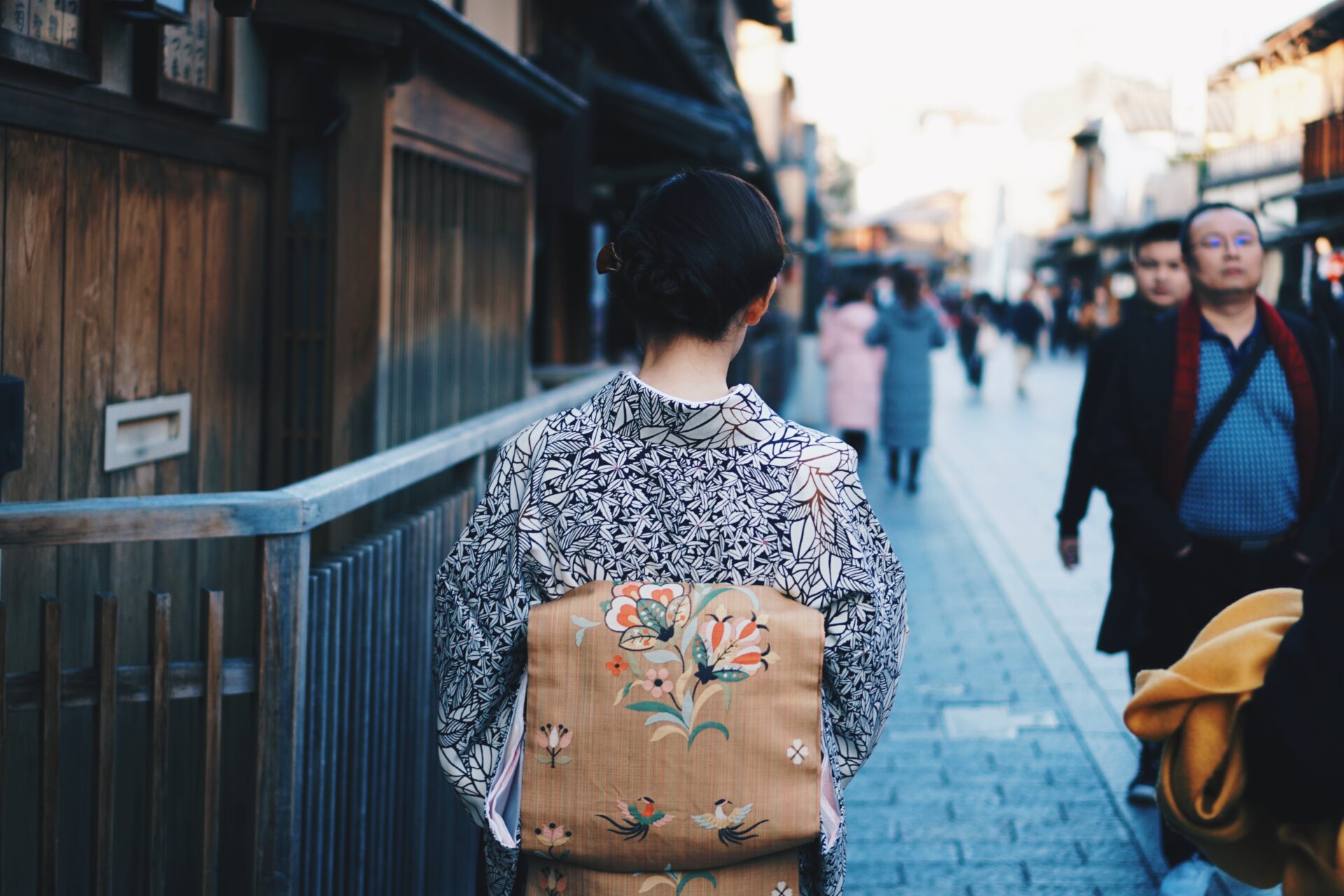Kimonos has been part of Japanese clothing for a long period of time. However, when the Western clothings came to Japan, the traditional kimono slowly faded. There are now only few people wear kimono in regular basis.
It is too bad, because kimono is a truly sustainable fashion. Created to last and easy to upcycle, I don’t know any other clothes that are more sustainable than kimono. On top of that, it is genderless and inclusive.
In this article, I will tell you about Japanese sustainable wear, kimono.
The sustainable clothing from the past
More than 200 years ago, during the Edo period, resources were scarce in Japan. They used what they had with great care.
The same was true for what people wore, and they took great care of their kimonos. It was expensive to have kimonos tailored, so the common people wore second-hand kimonos. It is hard to imagine today, many people throw away the clothes every year and buy new ones.
Kimono is sustainable because we can wear it for a long period of time. It can be easily adjusted to accommodate changes in height or body shape, and when it is worn so much that it becomes tattered, it can be reused as a cover for futons or cushions, because of their rectangular shape. When they are really unusable, we can recycle it for cleaning clothes or fuel. Nothing was waste when resources were scarce.
Sustainable elements of Kimono

Long-lasting
Kimonos are clothes that can be used for three to four generations if stored properly. Simply shaped, so it fits all kinds of body. There are trends in patterns, but old patters can come back in trend too.
Inclusive and gender-free
Kimonos are not cut to fit the shape of the body, so they can be worn regardless of body shape or gender. When a child grows, the length of the body and sleeves can be easily changed. Compared to clothes that must be replaced each time the child grows, these clothes can be worn for a longer period of time.
It can also be worn even if the body shape increases or decreases. It is convenient to be able to wear the same kimono even when you are pregnant, without having to buy maternity wear, or when you gain or lose weight.
Moreover, the good thing about kimonos is that they can be used for both men and women. Although there are some differences such as the presence or absence of the hakuboshi and furisode, they can be easily tailored and worn by both men and women in a unisex way.
No waste
Each part of kimono is made of rectangular fabric. Since it is cut in straight lines, there are almost no scraps in fabrication of kimono. All you need is to unravel the threads to return to its original form, making it easy to reuse. It is also easy to re-dye and re-tailor. When you have a stain, you can re-dye it to keep using it.
Easy to upcycle
Kimono parts are rectangular pieces of fabric, making them easy to upcycle. They have long been used as covers for futons and cushions. Kimono fabrics can also be reused for pouches and accessories.
Start wearing Kimono
Here are some things you can do to get started with kimono.
Try dressing classes (Kitsuke)
For those who have never worn a kimono before, it is difficult to put on a kimono by yourself. If you attend kimono dressing classes called Kitsuke, a teacher will teach you the necessary items for the kimono and how to put them on. After practicing a few times, you will be able to put on the kimono by yourself, so it is a good idea to give it a try first.
Check out a kimono shop
Find a kimono you like at a kimono shop! Second-hand kimonos can be found for as low as 10,000 yen or less. Great for beginners. Find kimono that you want to wear everyday.
Find occasions to wear kimonos
Even if you learn how to wear a kimono, it would be a pity if you never have a chance to wear it. You can wear kimono in daily basis, but it would be a great idea to wear it for special occasions. Tea ceremony lessons or event are great occasions for wearing kimono (and appropriate). You can also wear kimono to see kabuki theaters or classical concerts.
Try sustainable kimono!
Kimono is not an accessible clothes to everyone, since it is not easy to wear. But once you master how to wear, it can be a great sustainable alternative to Western style clothing. I hope you will try it when you visit Japan!








